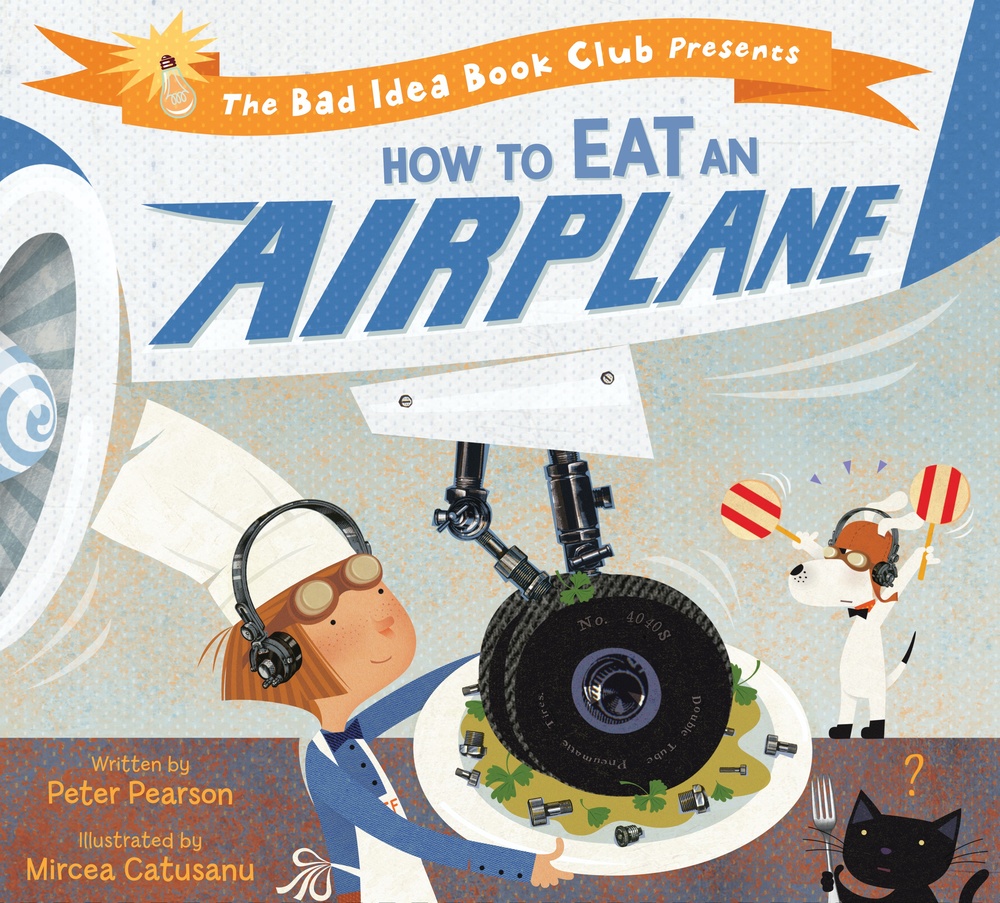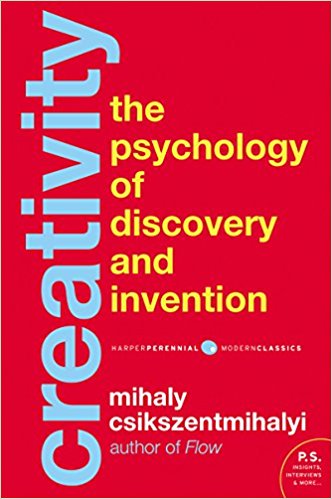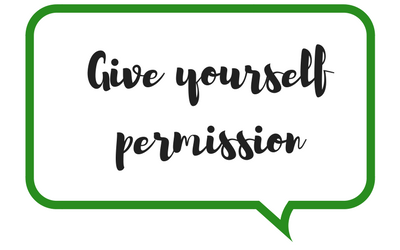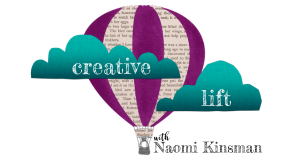by Naomi | Dec 8, 2017 | Creative Life
… is one bite at a time.
Hopefully you don’t eat airplanes, but if you do (and even if you don’t), check out How to Eat an Airplane by my friend, Peter Pearson. Hilarious stuff. An excellent gift idea for nearly anyone on your list.

Honestly, though. This morning, I woke up to a list that included:
- Skeleton an online course
- Revise program launch marketing materials (emails, blog posts, etc.)
- Read twelve novels in progress and provide feedback
Those tasks were only three of about twenty items. Is anyone else’s life like this? No, I take that back. I know this kind of overwhelm is the norm for most of us.
Before you send me emails explaining how I should better manage my to-do list, I honestly have been working on planting my feet in reality and putting a better system into place. And even if it doesn’t appear true, based on the evidence above, I actually have been making progress.
The real topic I wanted to write about, though, isn’t to-do lists. I’ve been thinking about how to tackle enormous projects, especially when I have more than one of them on my list–which is always. I wear more than one hat, and that means having more than one project. Most artists are in my same boat.
I’ve thought a lot about systems and processes, but the thing that has mattered most is mindset. Specifically, the story I tell myself about how I’m doing. When I’m disheartened, I work slowly. I need breaks and chocolate. And then, because of the chocolate, I need naps. If I focus on what’s working, my brain fog clears, and I can see the next right step. Or, yes… I can take the next bite of the airplane.
Recently, November ended. If you’ve been following my blog, you know I committed to revising my novel for NaNoWriMo. And … I finished! Except, I didn’t finish exactly the way I pictured finishing. The last few chapters were summarized rather than drafted. Still, the novel is one cohesive piece, and so much progress was made. Now, I could tell myself I failed, because technically I didn’t write all the way to the end. Or, I can tell myself what’s actually more true, that I kept at it, that I did the work I needed to do, and that I sent it to someone for feedback at the just-right stage.
The point is, whether I call my effort a success or a failure is up to me. And since I gave the book my very best effort in the time I had to spend, I think that calling my work a success is more healthy than beating myself up. What’s more, allowing myself to feel proud of what I achieved, rather than obsessing on what is left to do, keeps me in motion.
That plane is still there, waiting to be eaten, after all.
If you’re in a similar place, juggling many projects … I’m guessing so many of you are … keep in mind that you can definitely review your workflow, focus, and find ways to work smarter. What may be even more powerful, however, is revising the story inside your head. Don’t let it run on autoplay. Be intentional about celebrating your successes.
And keep going. One day, you’ll wake up and it will be time for the last bite of that airplane. Until the next one shows up! You love challenges, after all, so make peace with the process. That’s where you’ll be most of the time.
by Naomi | Nov 14, 2017 | Creative Life
When I write collaboratively, or for hire, I storyboard a book ahead of time. The creative limitations push me to work within boundaries, and honestly, cause me to take fewer risks.
On the other hand, when I write a book of my heart, I usually choose a question that beguiles and enchants me, which refuses to let me go. I follow my curiosity, tumbling through the drafting process, allowing the characters to be more than actors in my master plot. I find myself being surprised, challenged, pushed to consider alternate perspectives. I end up with a messy draft, but the final product is always a more interesting and original novel.

Recently, while reading Creativity: Flow and the Psychology of Discovery and Invention, by Mihaly Csikszentmihalyi, I found that my experience is common to other creatives. One of the many insights the book shares is that often, smaller amounts of progress are made when a question is posed to a creative and he or she works within limitations. Larger leaps happen when the creative both defines AND resolves a question.
When I think about it, this reality makes sense. Once twenty people have identified the fact that we need a book that shows us what happens when x meets y… the eventual books written may end up having many similarities. However, if the question is one most of us hadn’t yet asked, the resulting book is likely to push us to think in startling new ways.
The reality of this in my own writing process is that revision feels like untangling a delicate chain. I find a starting place and work to loosen one knot, only to realize that I’ve created another. The line from beginning of project to end is not straight or predictable. And yet, the unpredictability of this approach, the joy of discovery, the fact that I learn and grow through the writing, makes the struggle worthwhile.
I believe the artist’s job is to spend time wrestling with questions. We aren’t required to have more answers than other people, but we do need to ask more questions. We also need to spend more time working through the questions. The more time invested, the more work that we can do. Through conversations with others, revision, reflection, and feedback, we become more of who we desire to be, and our work becomes more than what we, personally, could have made it.
Maybe it’s not the most efficient way of writing a book. However, for me, it’s the way to end up writing a meaningful book.
So, here are some questions for you. Why are we all in such a rush? What are we all missing, due to our impatience? What might be possible if we slowed down and learned to savor the process?
I’d love to hear about your revision process, and how you deal with that ticking inner clock. Share below, or tag me on Facebook or Twitter. Let’s find ways to take the time we need to make our very best work.
by Naomi | Nov 1, 2017 | Creative Life

Today’s session was quick because the day was full.
When I started on my revision of this draft, I realized that my plot needed:
a. more humor
b. a subplot to drive the twists and turns of the story, in a nod to my source material, Midsummer Night’s Dream
c. more backstory
Many of the scenes have remained, but have required significant rewrites. Other scenes have needed to be drafted from the ground up. I’ve been working through the story sequentially, smoothing and drafting as I go.
In the past week or so, I’ve struggled to make progress. I’ve reached a section of scenes that haven’t yet been written. Up to this point, I’d been in deep analysis mode, weighing each word, action, reaction and gesture. Or, in other words, I’ve been deep in my Writerly Play Workshop. When I’m in this mode, I tend to be analytical in everything I do, planning my week, working on other projects, even in the various decisions I make through the day.
Today, I gave myself permission to close that door and head into my Writerly Play Studio. I was drafting a new scene, and I thought I’d play around a little bit with my character’s entrance. Sometimes the best way for me to move into a playful space is to put on my director hat and pretend I’m directing a scene. How would I want my actor to play this moment out? Often, I end up with a much more physical (and often, funny) scene. That happened today, livening up the beginning of my new chapter and giving me a running start. I haven’t finished the chapter yet–it’s going to be a challenging one–but I’m in the right mental space. I count that a win!
Onward to day two.
by Naomi | Oct 31, 2017 | Creative Life

NaNoWriMo is one of my favorite challenges of the year. Participating feels like giving myself an early Christmas present, the gift of allowing myself to prioritize my writing.
However, with November right around the corner, I realize that if I dropped everything to draft a new novel, I’d only be adding more crazy to my creative life. I don’t need more drafts of new novels. I need to buckle down and finish the one I’m working on.
I’m in the messy middle, with a manuscript that I’m now revise-drafting.
I wonder how many other writers find themselves in this place? For me, revision requires identifying problems, brainstorming solutions, drafting scene possibilities, making thousands of choices, and all the while, smoothing and refining as I go.
I really do wish I could use the stage-by-stage wheel that I sometimes see in elementary classrooms, where writers move clothespins labeled with their names from step to step: idea generation, drafting and on to revision. However, once I enter the revision phase, I need to bounce back and forth into all of those modes of thinking.
Wild bouncing may seem to appeal to a creative mind like mine…
It certainly is what comes most naturally. In actuality, bouncing can clog up momentum’s wheels. If I try to draft when my brain is deep in sentence-by-sentence analysis mode, drafting a few paragraphs can take hours. It truly does matter what I set out to do when I start a writing session, particularly when time is of the essence. Structure is absolutely needed, and yet, too much structure, and my creativity hides under the table. This conundrum–the need for structure that doesn’t suffocate–is the root of Writerly Play, the need that drove me to develop a model for mapping the creative process in the first place.
I’ve been doing a lot of research on the brain science of creativity, and have also spent a lot of time applying Writerly Play as a tool to help my students move forward with their projects. However, I’ve never documented how I use Writerly Play in my own revision process day-to-day. Aha! An opportunity to learn gain new insight.
Tomorrow, it will be November.
If you’re a writer (and in my opinion, we all have stories to tell, but that’s another topic for another day) I hope you’ve given yourself permission to prioritize your writing this month. Thousands of people participate, so you’ll be in good company. All you have to say is, “It’s NaNoWriMo, I’m writing,” and most people will understand why you need an hour or two a day to camp out in your favorite writing space. If they’ve never heard of NaNoWriMo, you can send them to NaNo’s website, and nine times out of ten, they’ll be amazed and impressed and ready to cheer you on.
I’ll be revising my draft, which will likely involve drafting 20,000 new words, and will surely involve dealing with the 60,000 words that I already have. I’m using the last day of the month as a firm deadline. On November 30, I will send my manuscript out to beta readers for feedback. No excuses.
As you can imagine, I’ll be a little busy this month, so you won’t see posts like the ones I normally write. However, I will post on the blog throughout the month about how I’m using Writerly Play as I revise. I’m curious to map a project in real time. I know I’ll learn a lot about how I think and create, and I can’t wait to look over the project at the end and see what insights I gain that might be helpful for others, too.
Ready? Let’s go write!
SaveSave
SaveSaveSaveSave
SaveSaveSaveSave





